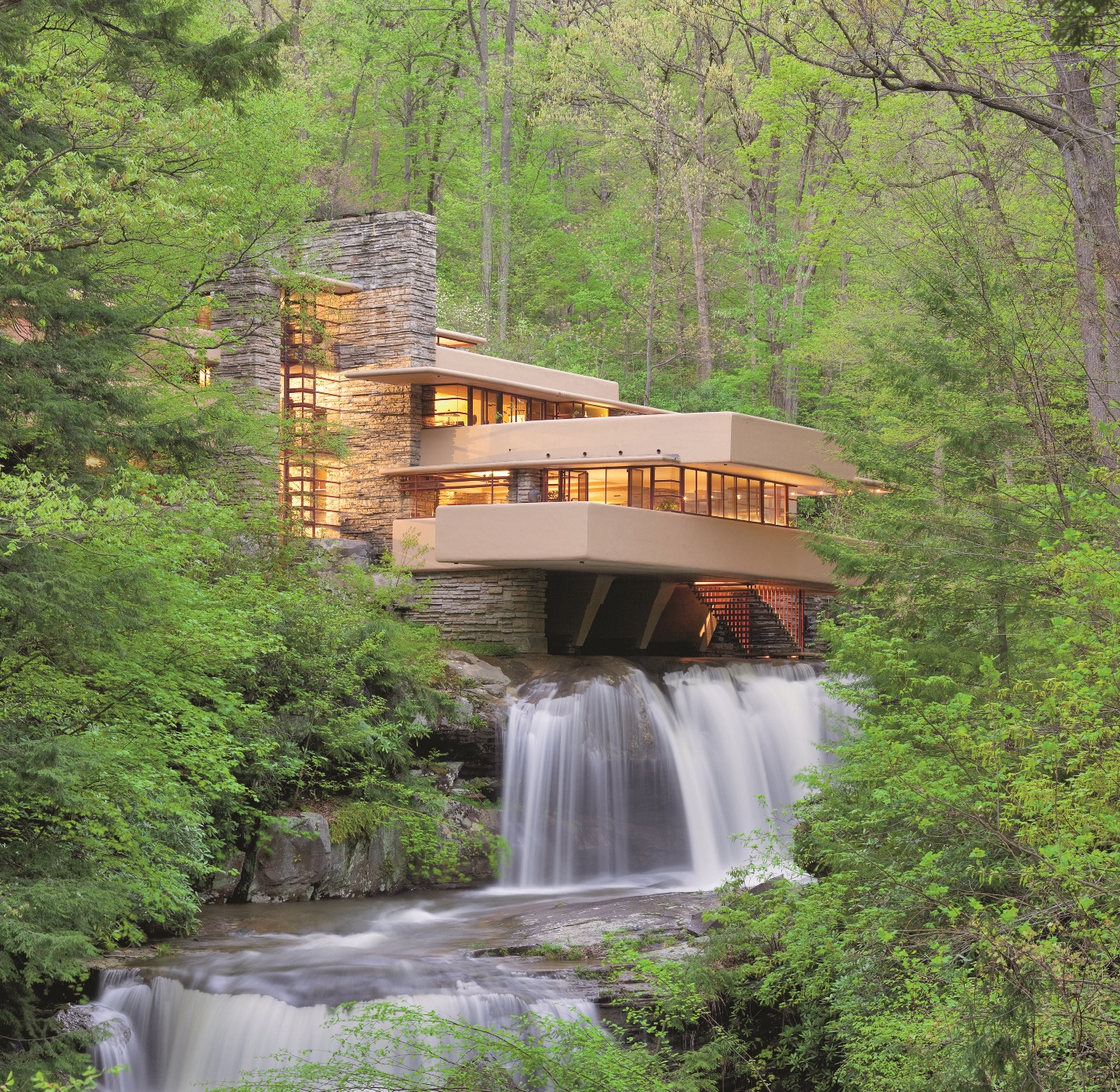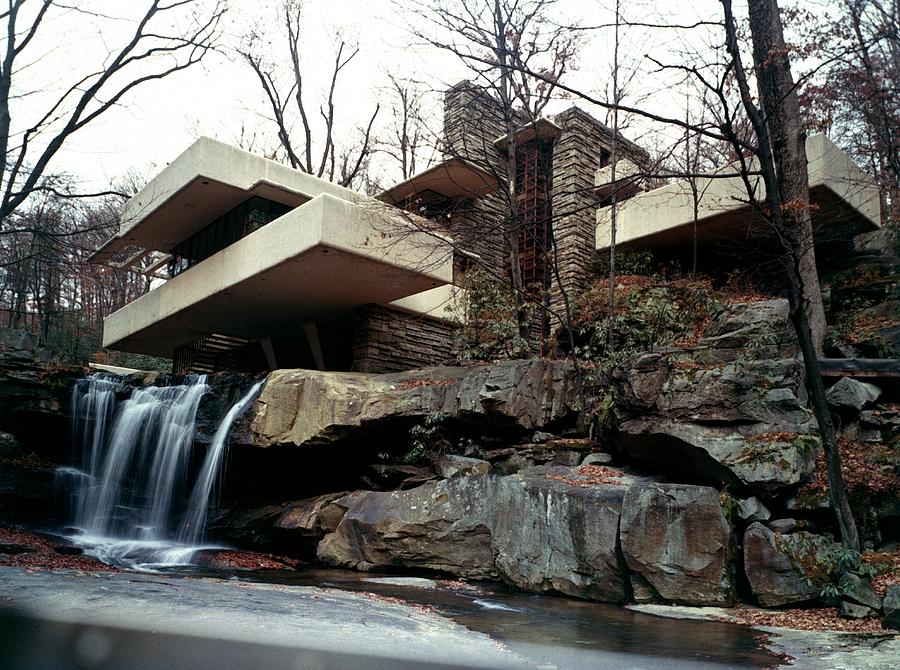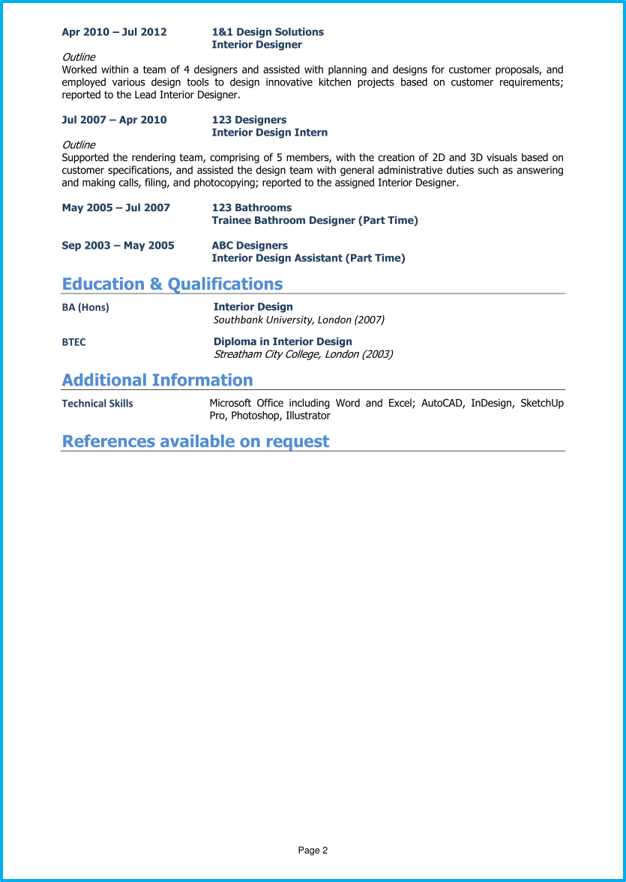Table Of Content

Wright’s design makes the interior space of the house continuous with the outdoors, fusing the house with its site. He proposed originally to cover the building in gold leaf which would mimic the color of dying plants and thereby connect the house to the change of seasons and the passage of time. Kaufmann found this extravagant, however, and eventually the concrete surfaces were painted a beige color. Fallingwater is the only major Wright work to come into the public domain with its setting, artwork and original Wright-designed furnishings intact. Frank Lloyd Wright’s Fallingwater house is now museum and has never been listed for sale. However, when the home was constructed in 1935, it cost the Kaufmanns $148,000 to construct, and they paid Wright an additional $11,800 in architectural design fees.
Frank Lloyd Wright's masterpiece house above the waterfall
This was meant to draw anyone in the room to the outside space, in keeping with Wright's love of light and nature. One of the striking features of the Grand Room is this large kettle, which hangs next to the room's fireplace. Large enough to heat a significant amount of water, the kettle was designed to swing into the fireplace itself for heating. The kettle is painted the signature Cherokee Red that was used on much of the metal in the house. Completed in 1937, Fallingwater was the vacation home of the Kaufmann family from Pittsburgh, about 63 miles away.
Panamera at Fallingwater
Ken Behring's 27K-Square-Foot Blackhawk Estate Listed For $25M - Patch
Ken Behring's 27K-Square-Foot Blackhawk Estate Listed For $25M.
Posted: Fri, 18 Aug 2023 07:00:00 GMT [source]
His career was seemingly near retirement—the early success of his Prairie style residences in the first decade of the 1900s had abated following the negative publicity of his personal life. Wright’s design for Fallingwater, however, proved that he still maintained a bold vision for architecture. Kaufmann and his wife expected a weekend house that would offer views of a favourite waterfall, but they were startled to find that Wright’s plans situated the house directly above the waterfall. Wright argued that he did not want to relegate the falls to a mere view on which the Kaufmanns might occasionally look from afar, but that he wanted to bring the falls to the family’s everyday life. By situating the residence over the waterfall, the Kaufmanns would always be able to hear the movement of the water and be aware of the waterfall’s presence.
Experience Fallingwater
This deflection increased over time, eventually reaching 7 inches (180 mm) over a 15 foot (4.6 m) span. [Wright] understood that people were creatures of nature, hence an architecture which conformed to nature would conform to what was basic in people. For example, although all of Falling Water [sic] is opened by broad bands of windows, people inside are sheltered as in a deep cave, secure in the sense of the hill behind them. The Kaufmanns planned to entertain large groups so the house needed to be larger than the original plot allowed.
From this view, it is easy to see how Wright used the idea of open architecture and many windows to let in the maximum view of the natural space outside. This is a view of the main house from the terrace that comes off of the Grand Room. Anyone who has visited will remember this view as one of their first of the amazing building.

Ceilings are also very low, some as low as seven feet, to draw the eye horizontally and towards the outside. Despite his difficult childhood, Wright had big ambitions and was set on becoming an architect, as his mother predicted. He went to study at the University of Wisconsin-Madison but ended up leaving the school before achieving his degree.
Can You Stay at Fallingwater?
Today, however, the building is used by the Western Pennsylvania Conservancy, which has offices throughout. In addition, three of the carports have been blocked off and the resulting space behind has been turned into this theater. Each of Fallingwater bedrooms and main rooms features a fireplace, and this one, in the main guest house space, is one of the more beautiful in the group. Wright liked designing long, dark passageways because they appeared to be akin to tunnels into open space. As well, by creating a hallway like this, Wright's design made it clear to visitors where the family's space was and that they should not head in that direction without invitation. Since then, many entities have recognized the importance of Fallingwater’s artistry.
The Kaufmann family owned Fallingwater until 1963 when they entrusted it to the Western Pennsylvania Conservancy, a nonprofit organization headquartered in Pittsburgh that preserves land and natural resources across the region. The structural success of Fallingwater’s cantilevers relies on their use of concrete reinforced with steel. During construction, Wright insisted that his design would perform, but on-site builders were less convinced and added more structural steel to the concrete slabs without the architect’s knowledge. We’re pleased to welcome you to Fallingwater where you’ll discover the beauty of the landscape that was a respite for the Kaufmann family and explore the house’s intimate relationship with nature. With your help, we look forward to providing an enjoyable and safe experience. Fallingwater is a program of the Western Pennsylvania Conservancy.The Conservancy is a nonprofit, tax-exempt charitable organization underSection 501(c)(3) of the Internal Revenue Code, and 100% of your donationis tax-deductible as allowed by law.
Our editors will review what you’ve submitted and determine whether to revise the article. Wright’s design of the home included three small bedrooms located on the second floor. Fallingwater reserves the right to restrict photography at any time in any location. Fallingwater staff have the authority to approach and verify the intent of photography to ensure compliance with the photography policy. Failure to adhere to these guidelines or staff direction may result in being asked to cease all photography or leave the premises.

The principle of living in harmony with nature is also a great characteristic of Japanese architecture. After leaving the company, Wright started his architectural firm and together with other young architects formed what is now known as the Prairie School. The Prairie School developed an architectural style with characteristics such as strong horizontal lines, flat, overhanging roofs, horizontal banded windows, and the integration of buildings with their landscapes. Wright revolved the design of the house around the fireplace, the hearth of the home which he considered to be the gathering place for the family.
The second is his Usonian houses, an urban planning concept for ideal living that consisted of neighborhoods of small L-shaped abodes with a strong indoor-outdoor connection. Concurrently with the design of Fallingwater, Wright was exploring designs for the Usonia house. Later, in the 1950s, he would plan America’s only district of such homes in Pleasantville, New York. “I want you to live with the waterfall, not just to look at it”, were his exact words to the Kaufmanns. The Fallingwater house served as the Kaufmann family’s weekend retreat for 26 years. His mother, sadly, took her own life in the Fallingwater house and his dad died shortly after.
Accounting for today’s inflation, the project’s construction would have racked up a price of $3.3 million, and Wright would have brought in $264,445 as its architect. Fallingwater had shown signs of deterioration over the past 80 years due in large part to its exposure to humidity and sunlight. The severe freeze-thaw conditions of southwest Pennsylvania and water infiltration also affected the structural materials.[39] Because of these conditions, a thorough cleaning of the exterior stone walls is performed periodically. Preliminary plans were issued to Kaufmann for approval on October 15, 1935,[18] after which Wright made an additional visit to the site to generate a cost estimate for the job. In December 1935, an old rock quarry was reopened to the west of the site to provide the stones needed for the house's walls. Wright visited only periodically during construction, assigning his apprentice Robert Mosher as his permanent on-site representative.[18] The final drawings were issued by Wright in March 1936 with work beginning on the bridge and main house in April.
Here a rock cuts into the fireplace, physically bringing in the waterfall into the house. He also brings notice to this concept by dramatically extending the chimney upwards to make it the highest point on the exterior of the house. The waterfall had been the family's retreat for fifteen years and when they commissioned Wright to design the house they envisioned one across from the waterfall, so that they could have it in their view.


No comments:
Post a Comment